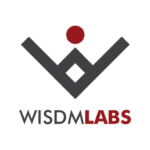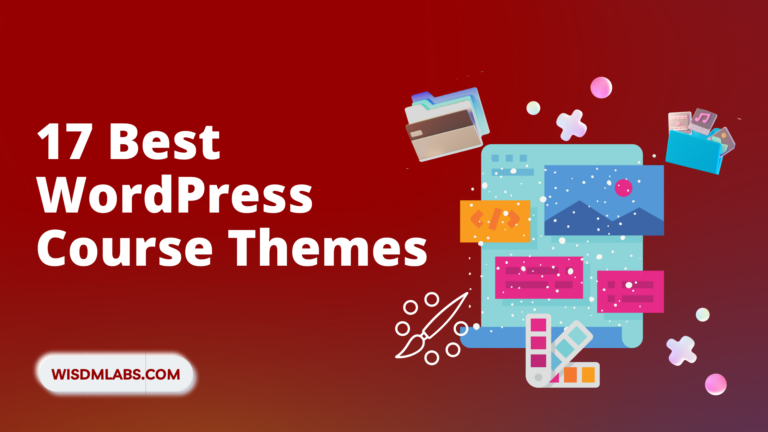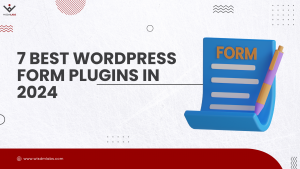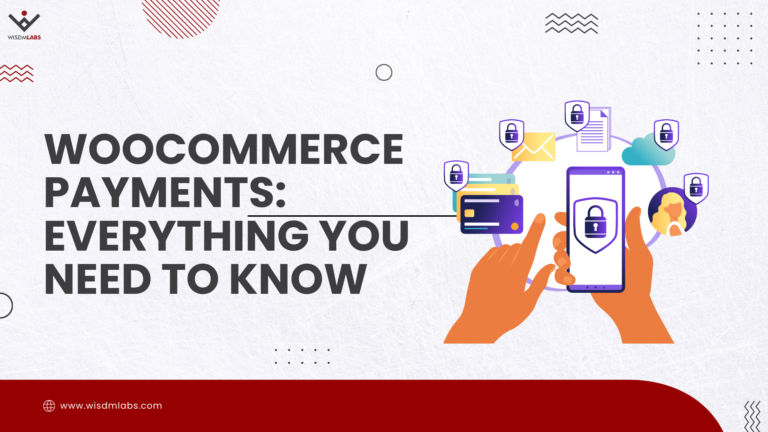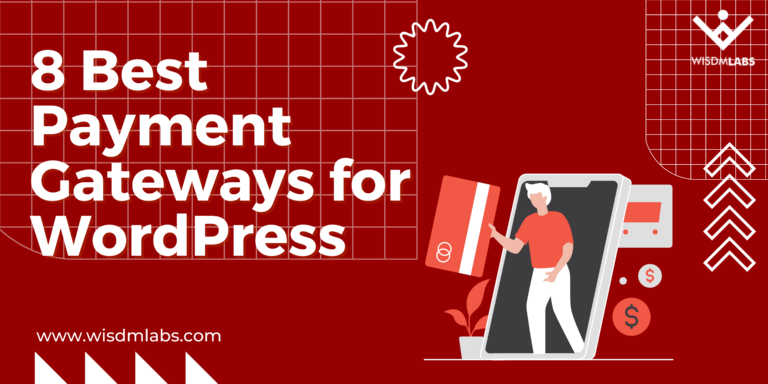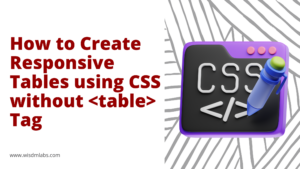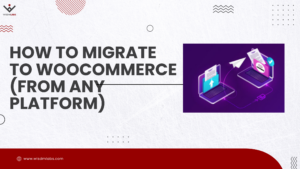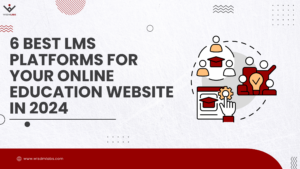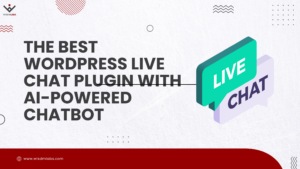Are you new to e-learning or looking to set up your own elearning website?Are you struggling to grasp and make sense of the contents that seem to be out of your reach?
Don’t worry.
This article will cover all the terms that you need to know before starting out on your own.
Get a good grip on them and you’ll be good to go.
#1 LMS
Short for Learning Management Systems, an LMS is a software application that allows for managing, planning and delivering of online training courses. Apart from creating and publishing elearning content, you can also use it to sell courses online, track and assess a learner’s performance and what not! There are plenty of LMSs in the market today. A fine example is Moodle, possibly the world’s most popular learning management system.
You might also want to know about “Five eLearning myths that may break your LMS”
#2 LCMS
The terms LMS and LCMS often confuse the uninitiated. A Learning Content Management System is analogous to an LMS, with the sole difference that it’s mainly focused on creation, management, tracking and delivery of the e-learning content to the users. LCMS allows the instructional designers and developers to modify and reuse the contents for a new course.
A well-known example of LCMS is WordPress.
#3 SCORM
SCORM stands for “Sharable Content Object Reference Model”. Once the most popular e-learning standard, SCORM defined how course content and LMSs in particular communicate and work with each other. SCORM makes an LMS more interactive and enables easy portability of content from one system to another, thereby enabling interoperability between different e-learning softwares.
#4 TinCan API
TinCan API, also known as xAPI is the brand new specification for elearning today. It’s evolution has it’s roots in SCORM but unlike SCORM, is not just limited to creating portable content. Any content created using TinCan is also interactive in it’s nature, which means that TinCan API can track a wide variety of learner interactions or activity in an LMS, be it online or offline. It provides a rich and consistent data of a person or group’s learning experiences from multiple technologies.
#5 LRS
LRS is short for Learning Record Store, which is nothing but a repository for the learning records generated and sent by the TinCan API. The information stored in it can be shared or accessed by an LMS , other LRS or any other application tool. LRS can either live inside an LMS or exist on it’s own.
#6 Instructional design
Instructional design is the process that outlines the core elements of online training. It includes designing the course content, complete with specifying the course authoring tools to strategizing delivery and performance feedback. Instructional design tools often let course trainer create rich media content and also assist in upping learner engagement.
#7 Collaborative tools
Collaborative tools are software that enable multiple learners to communicate and work with each other in a secure online environment. They are mostly deployed in tandem with LMSs. Activities like document sharing & management, application sharing, project tracking, whiteboarding, video conferencing, instant messaging are all instances of collaborative learning where multiple individuals collaborate towards attaining a common goal: learning.
#8 Storyboards
Storyboards are blueprints of an online training course. They outline every single piece of your course by specifying its visual, text, audio and interactive elements. Storyboarding is employed in the process of instructional design to develop efficient and effective course contents.
#9 Authoring tools
Any software that let’s you collate text and multimedia elements like images, videos, and flash for creating engaging and interactive content for online training programs. Adobe Captivate is one such authoring tool which uses HTML5 to help you author courses in the form of TinCan xAPI compliant interactive course content.
#10 mLearning
In mLearning or Mobile learning ,the contents are made available to the learners on their mobile devices like smartphones, tablet etc in a concise manner, given their short attention span. A rise in the use of mobile devices has made it necessary to make contents not only desktop suited but also mobile compatible. mLearning lets the learners access the contents anytime, anywhere.
#11 Courseware
Courseware is any software which contains a collection of course materials intended to be used by the students or the trainers on a computer or a mobile device.
#12 Learner Engagement
Learner Engagement is the process by which one attempts to increase a learner’s interest in online learning by putting in place engaging exercises like system reminders, achievements and rewards. This helps in better retention of knowledge and provides an effective learning experience.
#13 Social Learning
Social learning is more like a community learning where people participate to gather information, gain new ideas through interacting with each other across the globe on social media platforms or on any forums. Some examples of social learning can be twitter chats, group discussions etc.
#14 Blended Learning
Blended learning refers to a learning method that combines both the synchronous as well as asynchronous learning. In blended learning, a student learns a course in the traditional classroom setting as well as learn it independently online.
#15 Flipped Learning
Flipped learning is just the exact opposite of traditional classroom learning. It is a type of blended learning where the lessons are taken by the student at home or anywhere else, while the classroom sessions are reserved for discussions, projects and exercises. This makes for a collaborative and cooperative teaching process paving the way for a more meaningful learning experience.
#16 Rapid e-learning
Rapid e-learning refers to the methodology or process of building and distributing courses quickly and effectively. The contents are packaged and delivered in small modules making it easy for the learners to absorb information quickly.
#17 Gamification
Gamification is an innovative and an effective technique in e-learning to engage the learners by implementing a game-like methodology to the process of elearning. Gamification helps to motivate the learners and improve their commitment by rewarding them with points, badges and certificates for activities like lesson completion, course completion, etc.
Want to know how you can use gamification in an elearning site on WordPress? Read this!
#18 Personalized learning
Personalized learning is tailoring or customizing the course according to a learners preference and interest. This is done by first assessing a learner’s performance, understanding his progress, strengths, weaknesses and learning style and creating courses for the learner accordingly which the learner can learn at his own pace.
#19 MOOC
MOOC is the acronym for “ Massive Open Online Course”. Anyone around the world who wants to take a course can access these as well as interact with other learners and materials. MOOC allows anyone to create their own course and sell it online. Coursera and EdX are some popular examples of MOOC.
#20 Asynchronous Learning
In Asynchronous learning, a student learns a course online or offline on their own and at their own pace. The interactions happen in different locations at different times.
#21 Synchronous Learning
Synchronous learning in the e-learning world is used to describe forms of education, instruction and learning that takes place at the same time. This includes educational video conferences, chat based online discussions and lectures that are delivered at the same time.
#22 Micro-learning
Micro-learning is focused on providing short-term learning activities. In micro-learning, the courses are broken down into smaller and concise units and is then presented to the learners. Micro learning has been known to aid in high learner retention.
#23 Content dripping
Content Dripping means releasing pre-scheduled content at regular intervals and providing access to the whole thing. Content dripping is important because content dripping protects your contents from leeches, and lets you provide contents to your active members in a progressive manner.
#24 LMS analytics
Analytics in e-learning is a real-time process used to collect,analyze and report information about a learner’s activities,his performance etc. The information gathered is then used to predict learners’ success levels and accordingly improve and make amendments to the course materials .
#25 Elearning localization
While setting up an e-learning or any website, deploying it to people from other regions or countries is essential for expanding your market. Localization means to translate the learning contents as well as ensuring that the translated contents,images and other things are culturally appropriate.
#26 Membership and subscription
Having a membership and a subscription feature in your e-learning website will help you to deliver contents to the users accordingly. You can break a course into smaller sections and make them available to the users based on their memberships and subscriptions.
#27 508 Compliant
508 Compliant standards, published in the federal register states that all the electronic and information technologies should be made accessible to people with disabilities.
Did I miss out on any term? Let me know in the comment section below!
